Home>Home Appliances>Home Automation Appliances>How To Set Thermostat In A Two-Story House In Summer
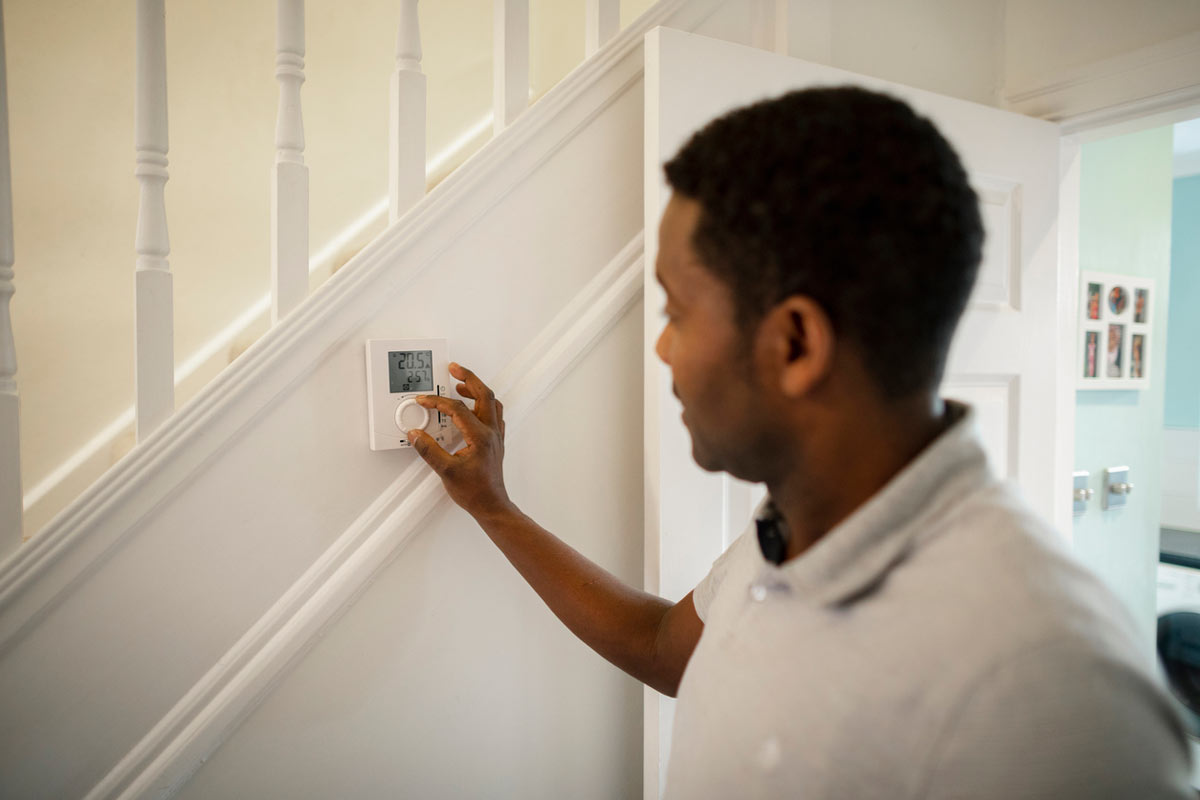

Home Automation Appliances
How To Set Thermostat In A Two-Story House In Summer
Modified: January 4, 2024
Learn how to set the thermostat in a two-story house for optimal comfort during the summer months with our home automation appliances. Efficiently control the temperature and energy usage.
(Many of the links in this article redirect to a specific reviewed product. Your purchase of these products through affiliate links helps to generate commission for Storables.com, at no extra cost. Learn more)
Introduction
Setting the thermostat in a two-story house during the summer months can be a challenging task. With the rising temperatures and varying heat distribution between the floors, finding the perfect balance to ensure comfort and energy efficiency becomes crucial. In this comprehensive guide, we will delve into the intricacies of setting the thermostat in a two-story house during the summer, offering valuable insights and practical tips to help you create an optimal indoor environment.
As the sun blazes and the mercury soars, the battle against the heat begins. Your two-story abode presents a unique set of challenges when it comes to maintaining a cool and comfortable atmosphere throughout. Understanding the dynamics of temperature regulation in a multi-level home is essential to make informed decisions about thermostat settings.
Join us on this journey as we explore the nuances of setting the thermostat in a two-story house during the summer, unraveling the significance of proper temperature control and providing expert guidance to help you navigate through the scorching season with ease and efficiency.
Key Takeaways:
- Keep your two-story house cool in summer by understanding heat distribution, sunlight exposure, and airflow dynamics. Utilize zoning features and strategic fan usage for balanced comfort and energy efficiency.
- Optimize comfort and energy efficiency by setting a slight temperature differential between floors, utilizing natural ventilation, and regular HVAC maintenance. Programmable thermostats and window treatments help conserve energy and enhance indoor comfort.
Read more: How To Design A Small Two-Story House
Understanding the Two-Story House
Before delving into the specifics of thermostat settings, it’s essential to grasp the unique characteristics of a two-story house. In such homes, the distribution of heat and cool air can vary significantly between the upper and lower levels, presenting a distinct set of challenges when it comes to maintaining consistent temperatures throughout the space.
Heat naturally rises, which means that the upper floor of a two-story house tends to be warmer than the lower level, especially during the summer months. This temperature differential can lead to discomfort and inefficiency if not properly addressed. Additionally, factors such as sunlight exposure, insulation quality, and the layout of the house can further contribute to the disparities in temperature between the floors.
Understanding the thermal dynamics of your two-story abode is crucial in devising an effective strategy for thermostat settings. By recognizing the inherent tendencies of heat distribution within the home, you can make informed decisions to optimize comfort and energy efficiency.
Furthermore, the layout and design of a two-story house can influence the airflow and circulation of cool air from the HVAC system. Staircases, hallways, and room configurations can impact the movement of air, potentially leading to uneven cooling if not carefully considered.
By gaining a thorough understanding of the unique characteristics of your two-story house, you can proactively address the challenges associated with temperature regulation, setting the stage for implementing tailored thermostat settings that cater to the specific needs of each floor and ensure a harmonious indoor climate.
Importance of Proper Thermostat Settings in Summer
During the sweltering summer months, the proper management of thermostat settings in a two-story house holds immense significance. Efficient and strategic temperature control not only enhances comfort but also plays a pivotal role in conserving energy and reducing utility costs. By understanding the importance of optimal thermostat settings, homeowners can create a conducive indoor environment while maximizing energy efficiency.
One of the primary objectives of setting the thermostat in a two-story house during summer is to achieve a balance between cooling the upper floor and maintaining comfort on the lower level. Inadequate thermostat settings can result in temperature differentials between the floors, leading to discomfort and potential conflicts in preferences among household members.
Moreover, proper thermostat management contributes to energy conservation and cost savings. By implementing smart and efficient temperature settings, homeowners can minimize the strain on the HVAC system, reduce energy consumption, and lower utility bills. This not only benefits the household budget but also aligns with sustainability efforts by reducing overall energy usage.
Additionally, optimal thermostat settings contribute to the longevity and performance of the HVAC system. By avoiding excessive strain and ensuring balanced operation, homeowners can prolong the lifespan of their cooling equipment, reducing the need for frequent repairs and replacements.
Furthermore, maintaining consistent and appropriate temperatures throughout a two-story house promotes a comfortable and harmonious living environment. By addressing the challenges of heat differentials between the floors, homeowners can create an atmosphere that caters to the preferences and well-being of all occupants, fostering a sense of tranquility and contentment within the home.
Understanding the importance of proper thermostat settings in a two-story house during summer empowers homeowners to make informed decisions that align with their comfort, financial, and environmental goals. By recognizing the far-reaching impact of strategic temperature control, individuals can optimize their living spaces for enhanced well-being, efficiency, and sustainability.
Set the thermostat to a higher temperature on the upper floor to account for the natural heat rise. Keep the lower floor slightly cooler for comfort.
Factors to Consider When Setting Thermostat in a Two-Story House
When determining the optimal thermostat settings for a two-story house, several crucial factors come into play. Understanding these elements is essential for creating a comfortable and energy-efficient indoor environment that caters to the unique dynamics of a multi-level home.
- Heat Distribution: The natural tendency of heat to rise must be taken into account when setting the thermostat in a two-story house. Recognizing the temperature differentials between the upper and lower levels enables homeowners to adjust the settings to achieve balanced comfort throughout the space.
- Sunlight Exposure: The amount of sunlight each floor receives can significantly impact the indoor temperature. Rooms exposed to direct sunlight may require different thermostat settings compared to those in shaded areas, necessitating a nuanced approach to temperature control.
- Insulation Quality: The insulation levels in the walls, ceilings, and floors of each story influence the retention of cool air and the prevention of heat transfer. Understanding the insulation quality allows homeowners to adjust thermostat settings to compensate for potential heat loss or gain in different areas of the house.
- Layout and Airflow: The layout of the two-story house, including the positioning of staircases, hallways, and rooms, can impact the circulation of cool air from the HVAC system. Considering the airflow patterns and potential obstructions is crucial for ensuring even distribution of conditioned air.
- Occupancy Patterns: The usage patterns and preferences of occupants on each floor should be taken into consideration when setting the thermostat. Understanding when and how different areas of the house are utilized allows for tailored temperature adjustments to accommodate varying needs.
- Zoning Capabilities: If the HVAC system supports zoning capabilities, homeowners can leverage this feature to set different temperature zones for each floor, providing customized comfort and energy efficiency.
By carefully considering these factors, homeowners can make informed decisions when setting the thermostat in a two-story house, ensuring that the temperature settings align with the specific characteristics and requirements of each floor. This thoughtful approach promotes balanced comfort, energy efficiency, and optimal performance of the HVAC system, enhancing the overall living experience within the home.
Tips for Setting Thermostat in a Two-Story House in Summer
Setting the thermostat in a two-story house during the summer requires a thoughtful and strategic approach to ensure comfort, energy efficiency, and balanced temperature control. By implementing the following tips, homeowners can navigate the complexities of multi-level temperature regulation with confidence and effectiveness.
- Utilize Zoning Features: If your HVAC system supports zoning capabilities, take advantage of this feature to create distinct temperature zones for each floor. Customizing the settings based on the specific needs and usage patterns of different areas of the house can optimize comfort and energy efficiency.
- Programmable Thermostat: Invest in a programmable thermostat that allows for precise scheduling of temperature adjustments. This enables you to automatically regulate temperatures based on occupancy and time of day, ensuring efficient cooling while minimizing energy consumption.
- Temperature Differential: Consider setting a slight temperature differential between the upper and lower floors to account for the natural heat rise. A small adjustment can help maintain balanced comfort throughout the house without overworking the HVAC system.
- Strategic Fan Usage: Use ceiling fans strategically to enhance airflow and circulation, especially on the upper floor. This can help distribute cool air more effectively and create a perceptible cooling effect, reducing the reliance on lower thermostat settings.
- Optimize Sunlight Exposure: Utilize window treatments and shading to control the amount of direct sunlight entering each floor. Minimizing solar heat gain can reduce the need for aggressive cooling, allowing for more conservative thermostat settings.
- Regular Maintenance: Ensure that your HVAC system receives regular maintenance to optimize its performance and efficiency. Clean filters, proper refrigerant levels, and well-functioning components contribute to effective temperature control and energy conservation.
- Utilize Natural Ventilation: Take advantage of cooler evening and early morning temperatures by opening windows to facilitate natural ventilation. This can help lower indoor temperatures, reducing the reliance on mechanical cooling during certain times of the day.
- Monitor and Adjust: Regularly monitor the indoor temperatures on each floor and make adjustments as needed. Being attentive to the comfort levels and energy usage allows for proactive management of thermostat settings.
By incorporating these tips into your approach to setting the thermostat in a two-story house during the summer, you can optimize comfort, energy efficiency, and overall performance of your cooling system. Tailoring your strategies to the unique characteristics of your home enables you to create a harmonious and comfortable indoor environment that meets the diverse needs of your household.
Read more: Two Story Home Remodeling
Conclusion
Setting the thermostat in a two-story house during the summer is a dynamic and multifaceted endeavor that requires a nuanced understanding of the home’s thermal dynamics and the implementation of strategic temperature control measures. By recognizing the inherent challenges and opportunities presented by a multi-level living space, homeowners can proactively address the complexities of temperature regulation, fostering comfort, energy efficiency, and overall well-being within the home.
Understanding the unique characteristics of a two-story house, including heat distribution, sunlight exposure, insulation quality, and airflow dynamics, is essential for devising tailored thermostat settings that cater to the specific needs of each floor. By considering these factors and leveraging the capabilities of modern HVAC systems, homeowners can achieve balanced comfort and energy efficiency throughout the space.
The importance of proper thermostat settings in a two-story house during summer extends beyond individual comfort, encompassing energy conservation, cost savings, and the longevity of cooling equipment. By implementing smart and efficient temperature control strategies, homeowners can minimize energy consumption, reduce utility bills, and contribute to environmental sustainability.
Furthermore, the implementation of practical tips, such as utilizing zoning features, programmable thermostats, strategic fan usage, and natural ventilation, empowers homeowners to navigate the complexities of multi-level temperature regulation with confidence and effectiveness. By integrating these strategies into their approach to thermostat settings, individuals can optimize comfort, energy efficiency, and the overall performance of their cooling systems.
In conclusion, the art of setting the thermostat in a two-story house during the summer is a blend of science, strategy, and adaptability. By embracing a holistic understanding of the home’s thermal dynamics and implementing thoughtful temperature control measures, homeowners can create a harmonious indoor environment that aligns with their comfort, financial, and environmental goals. This approach not only enhances the living experience within the home but also contributes to a more sustainable and efficient use of resources, reflecting a conscientious and proactive approach to modern living.
Frequently Asked Questions about How To Set Thermostat In A Two-Story House In Summer
Was this page helpful?
At Storables.com, we guarantee accurate and reliable information. Our content, validated by Expert Board Contributors, is crafted following stringent Editorial Policies. We're committed to providing you with well-researched, expert-backed insights for all your informational needs.
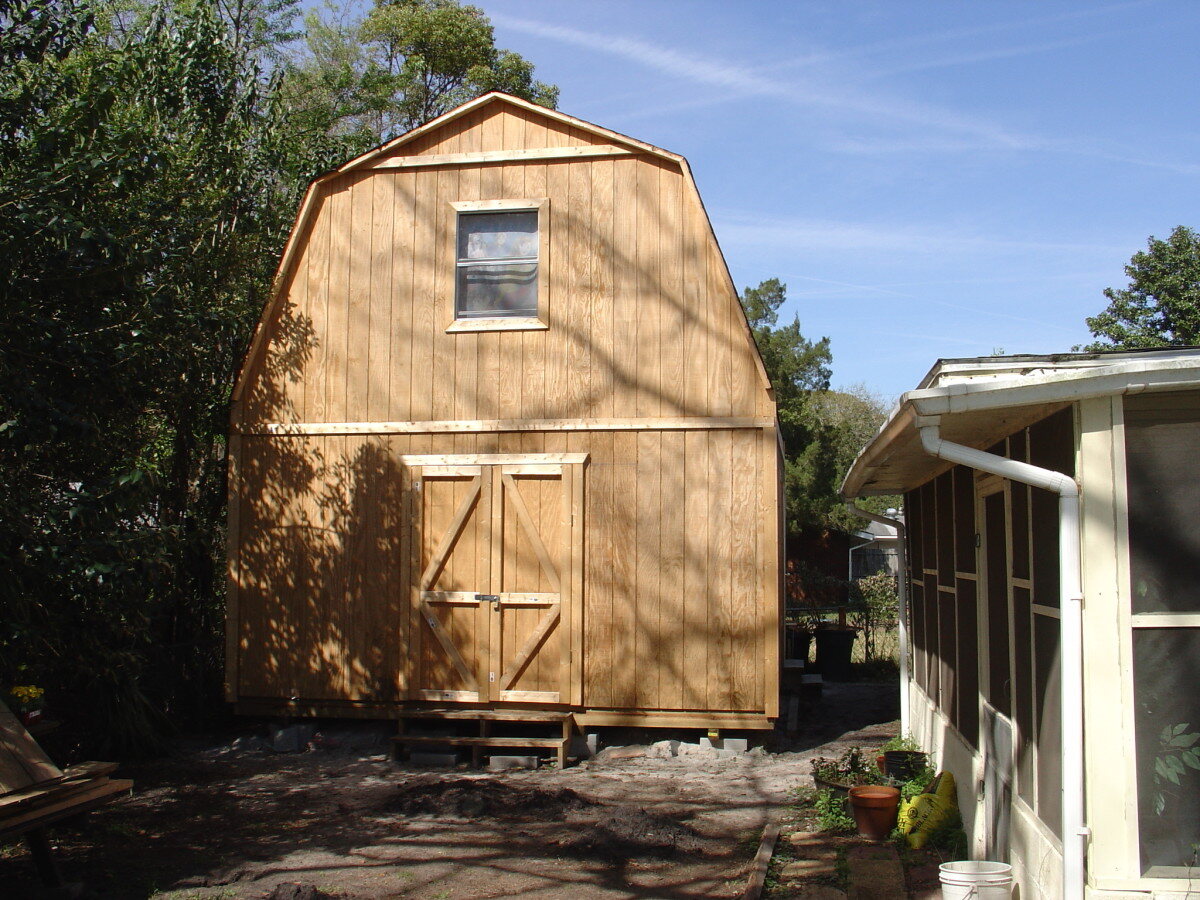
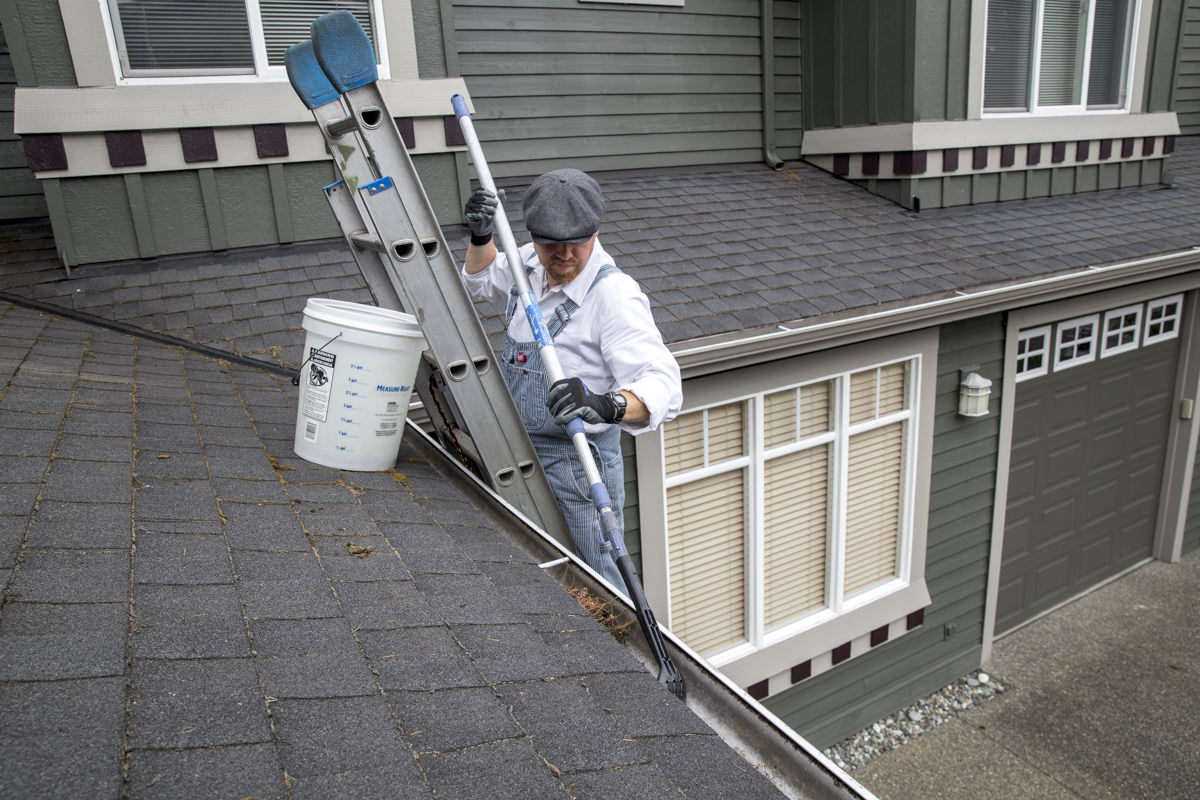
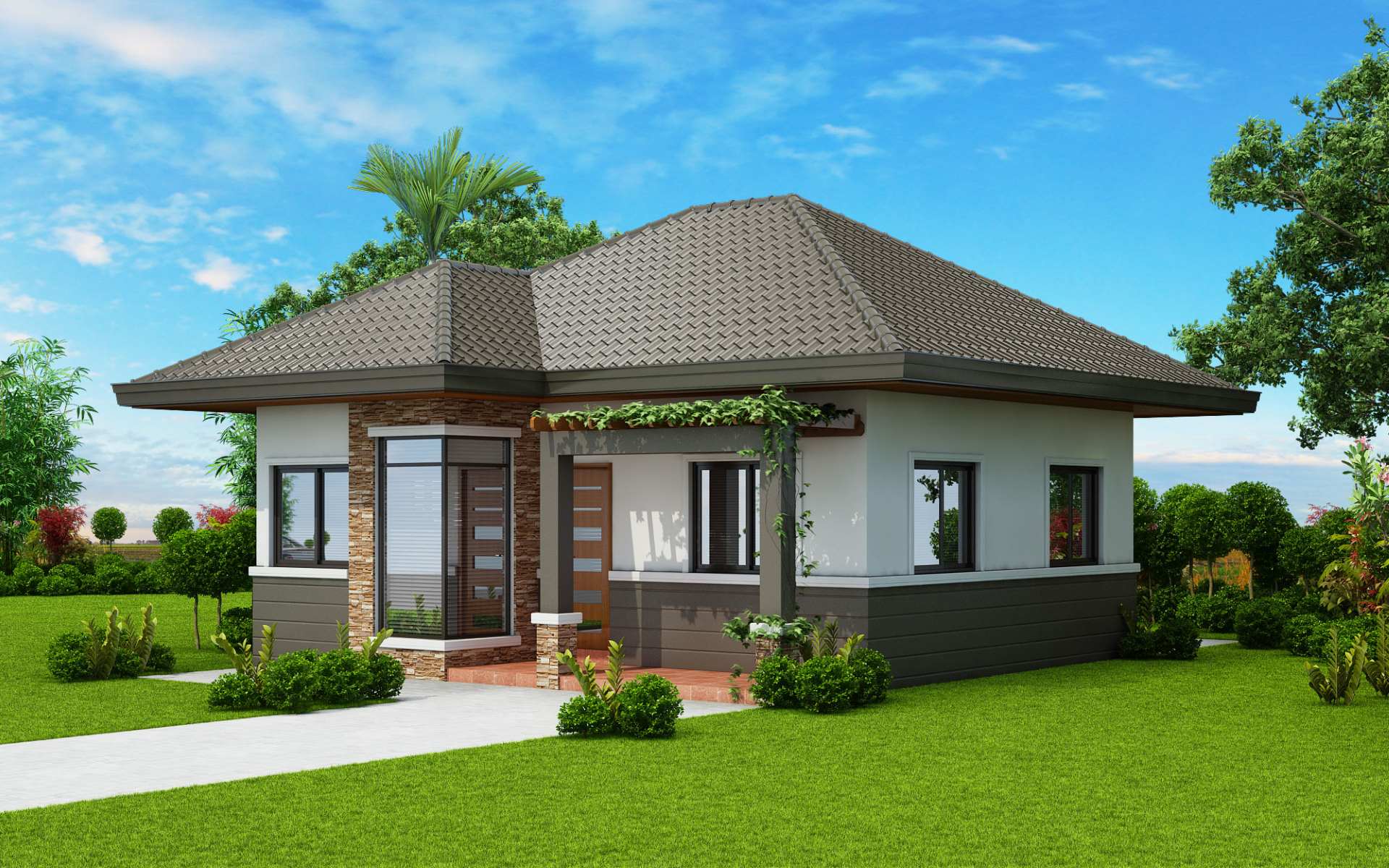
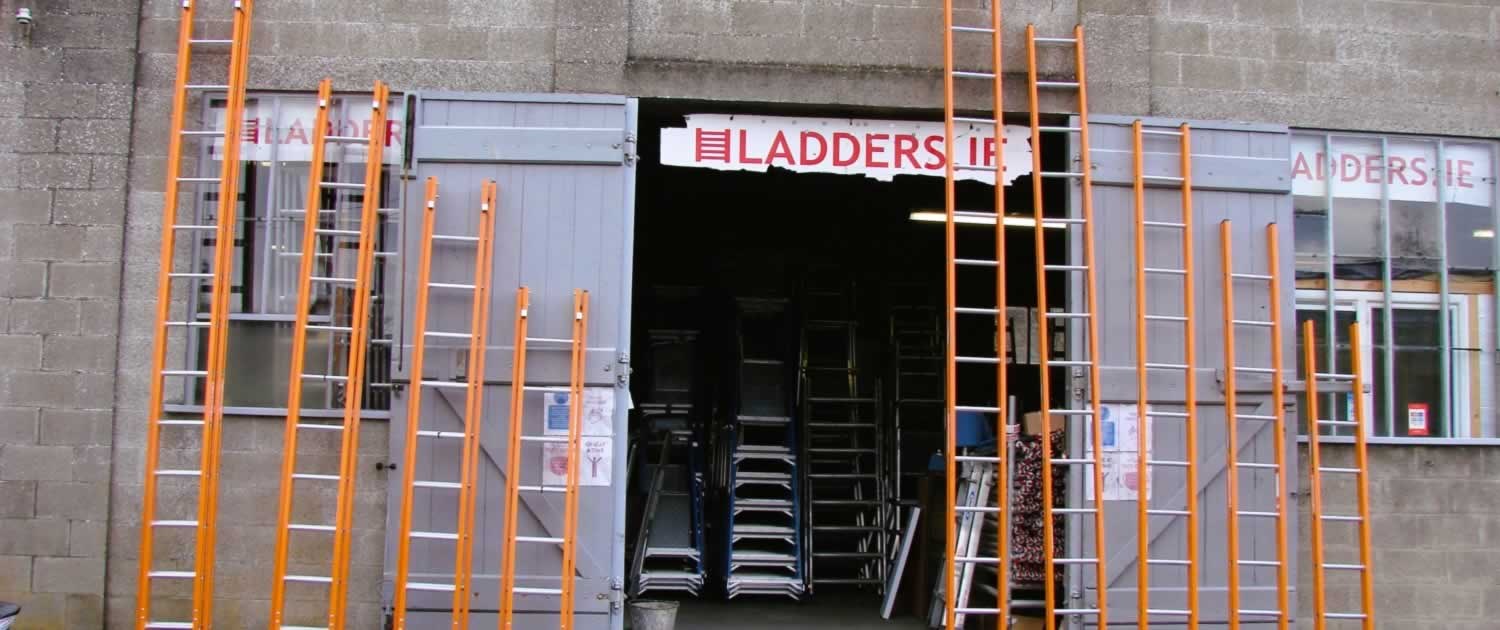

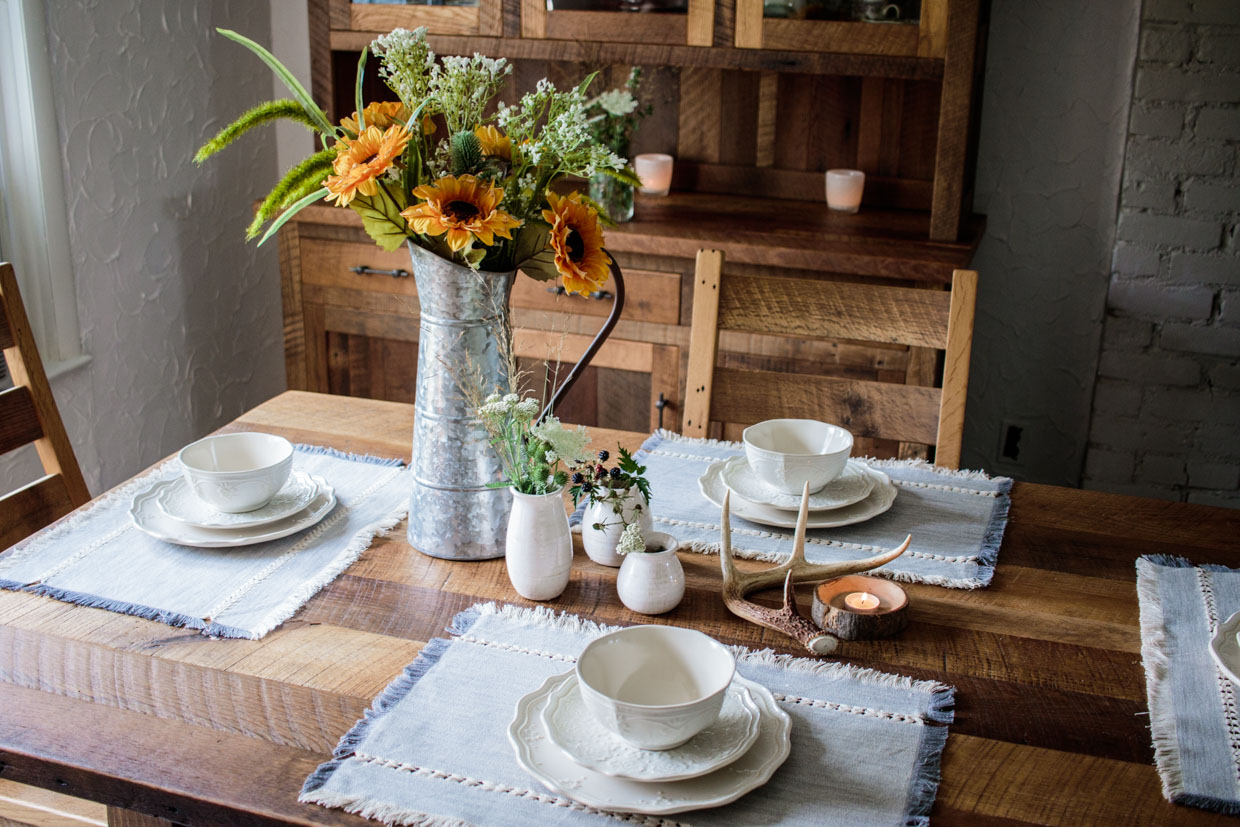
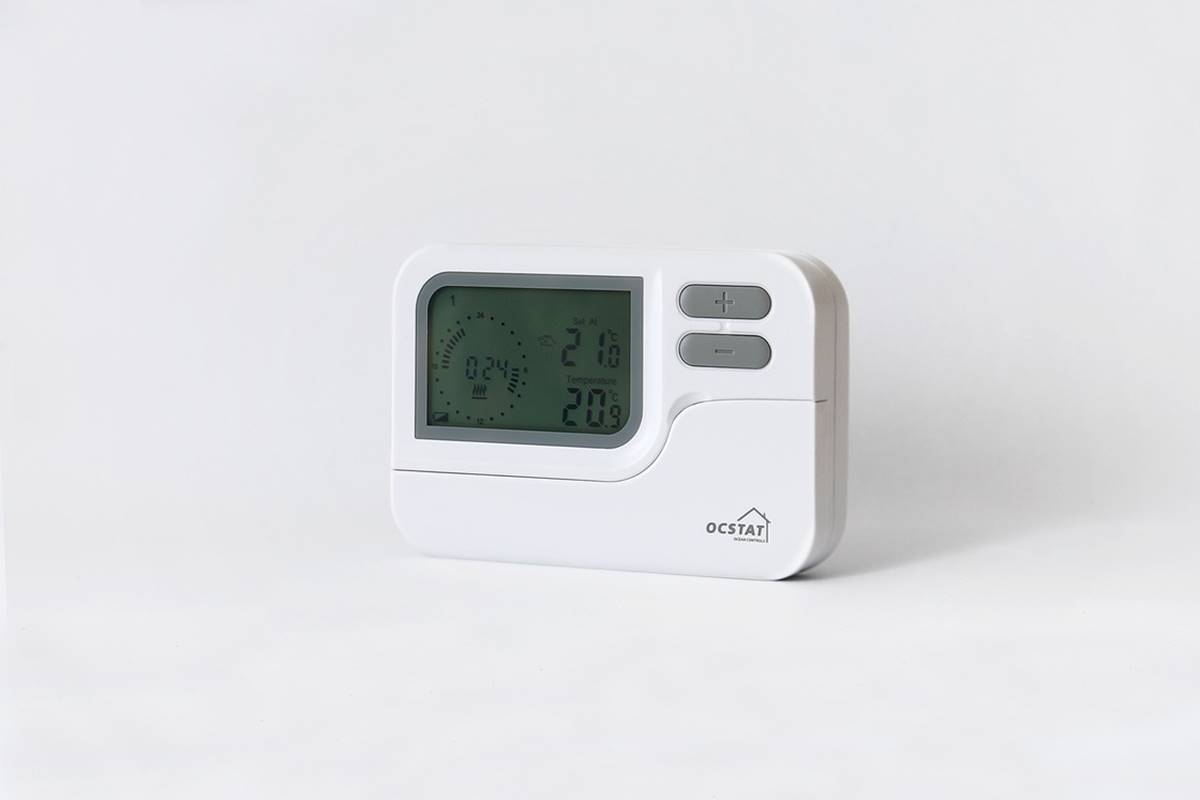


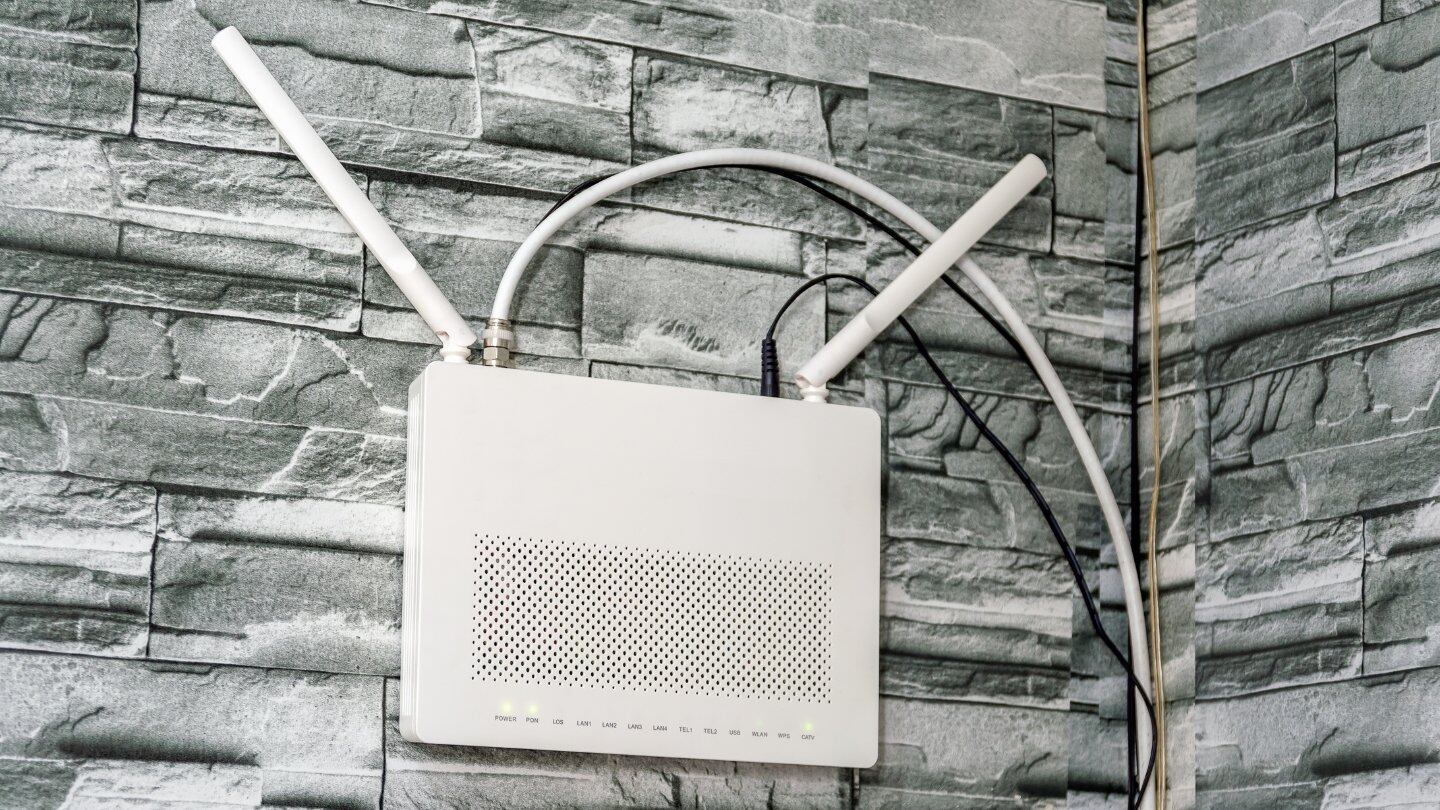
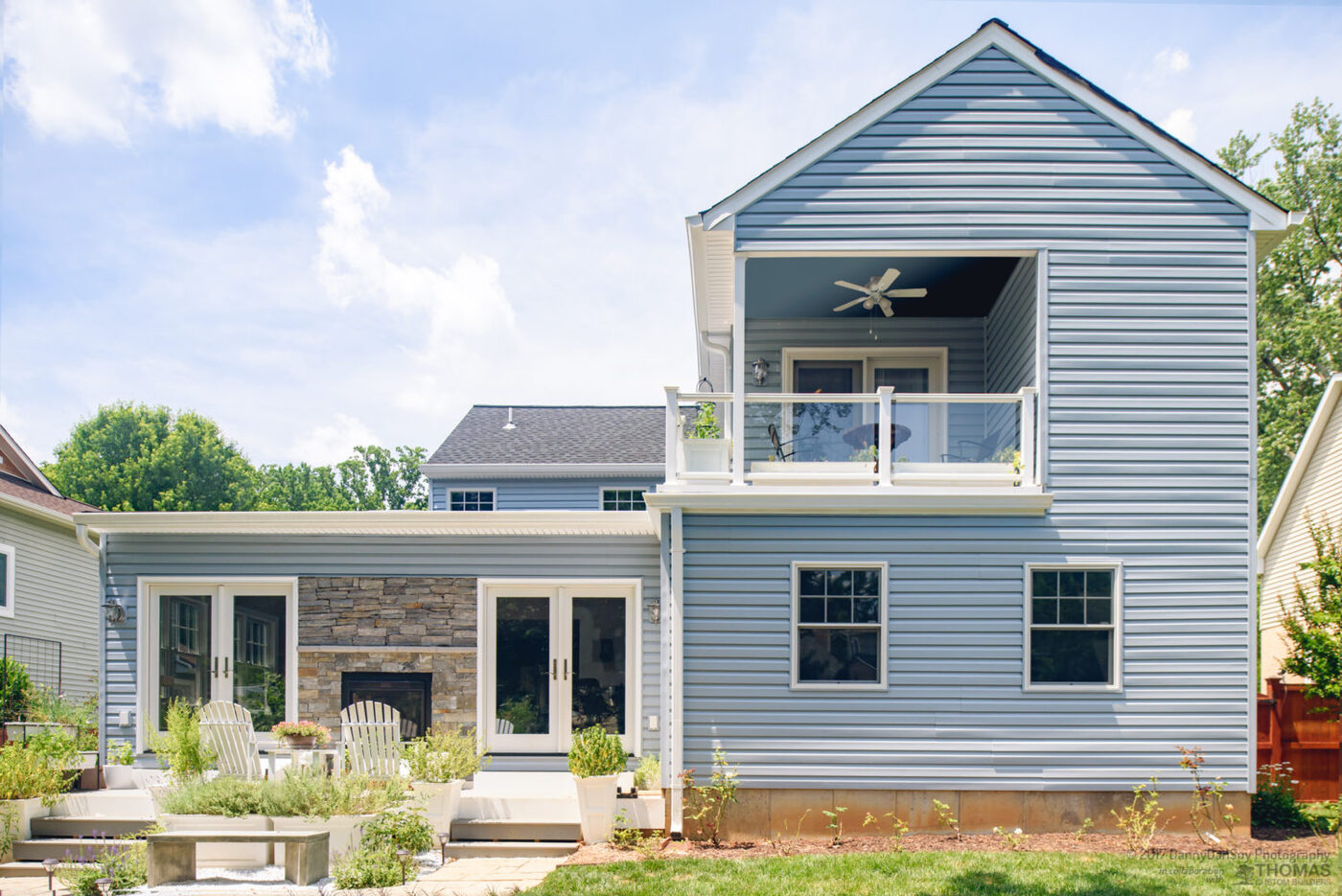
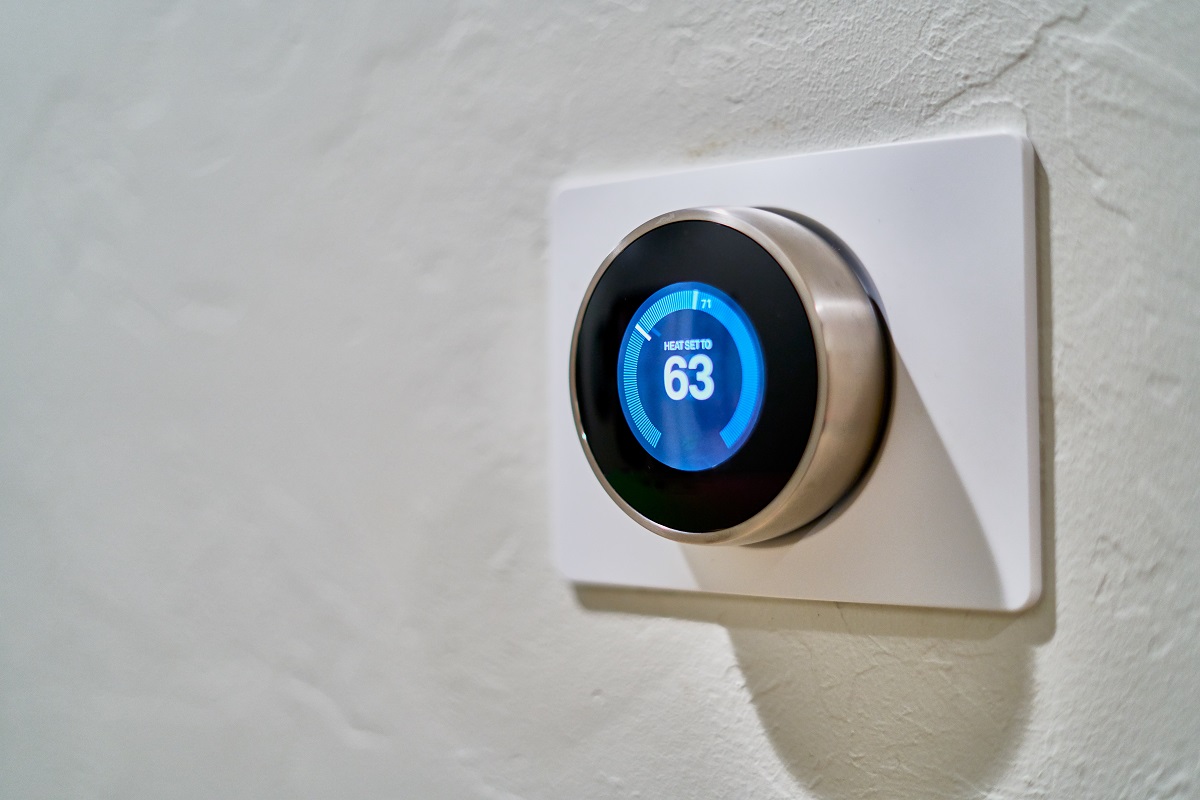

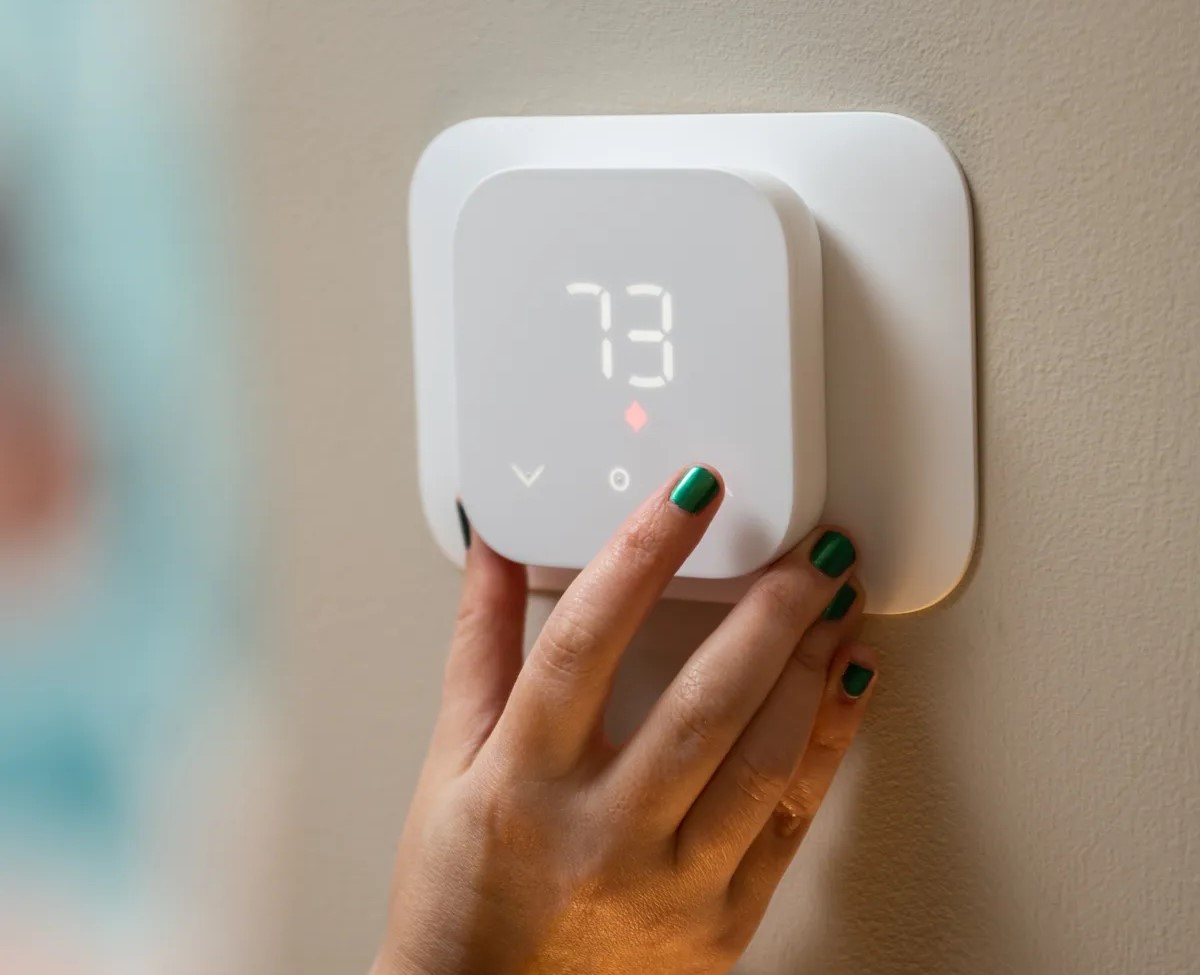

0 thoughts on “How To Set Thermostat In A Two-Story House In Summer”